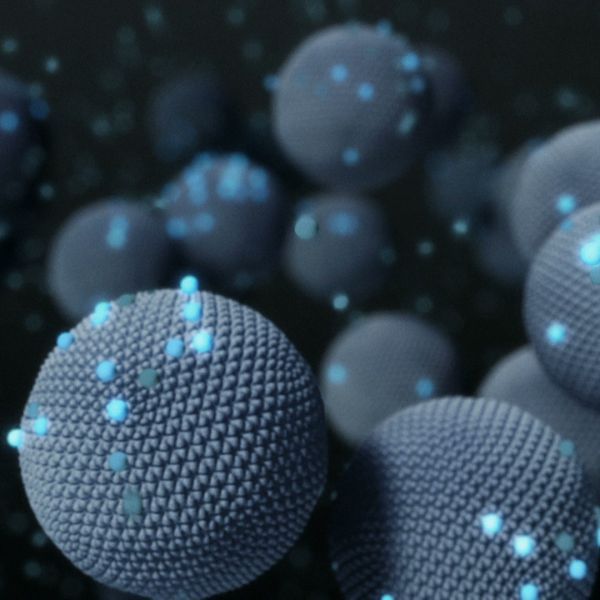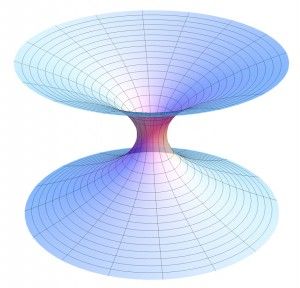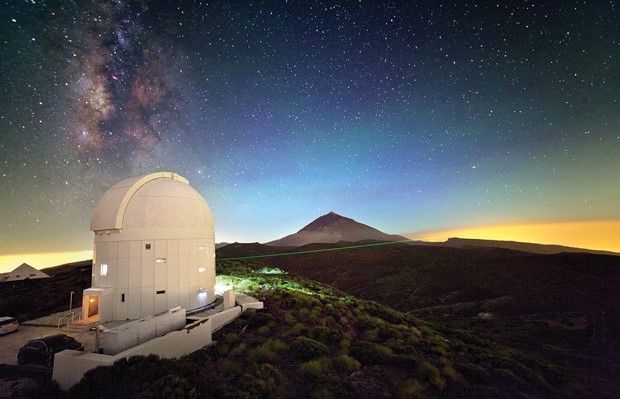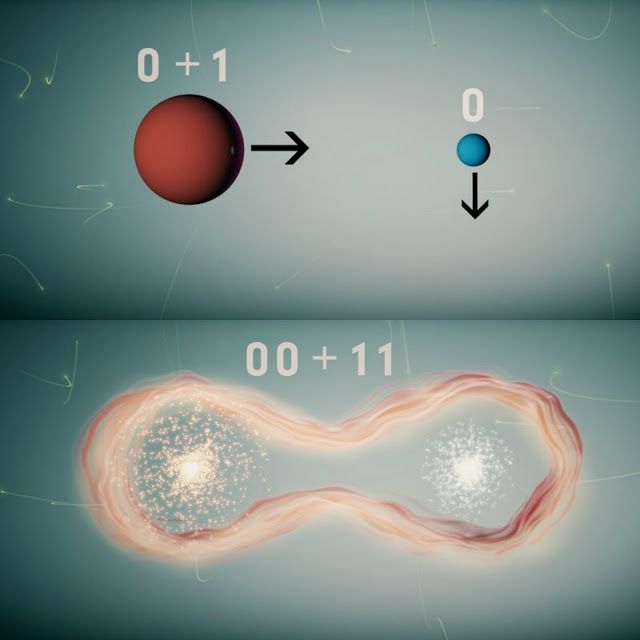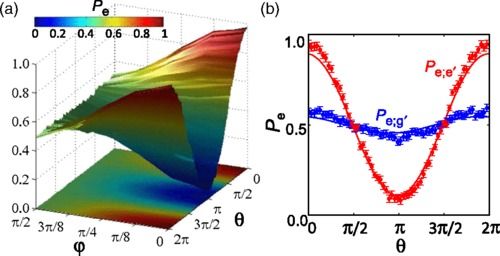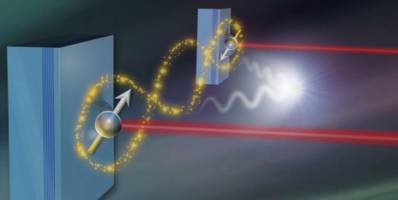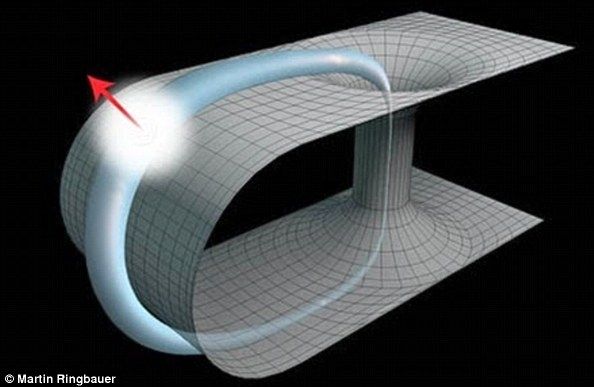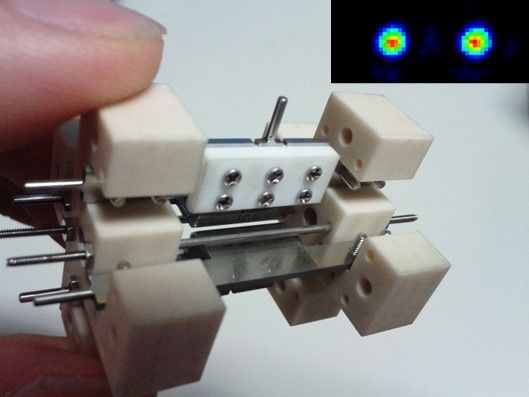DARPA funds the Atoms-to-Products program that aims to maintain quantum nanoscale properties at the millimeter scale of microchips.
The main goal of the atoms-to-products program is to create technology and processes needed to create nanometer-scale pieces, with dimensions almost the size of atoms, into components and materials only millimeter scale in size. And to spur developments in the program DARPA has now posed the challenge to 10 laboratories across the nation.
To get the full benefits of nanoscale engineering at the millimeter scale, the organization has partnered with Intelligent Materials Solutions. “Our initial project will be to control infrared light by assembling nanoscale particles into finished components that are one million times larger,” explains Adam Gross, the team leader working closely with Christopher Roper to bring the Atoms-to Products project to fruition.
